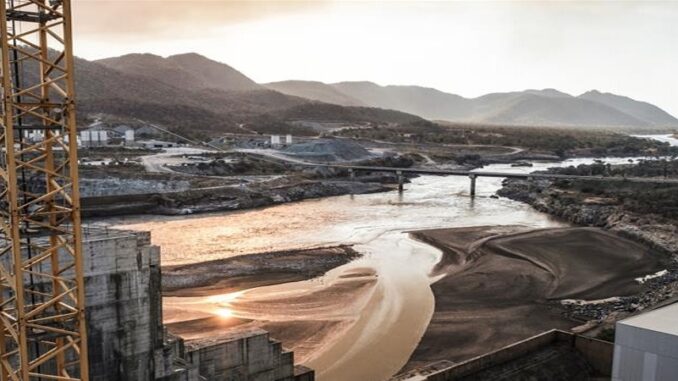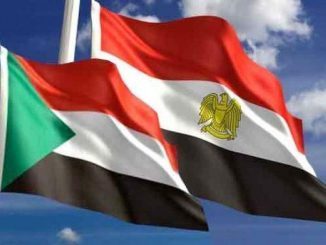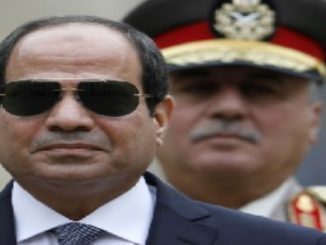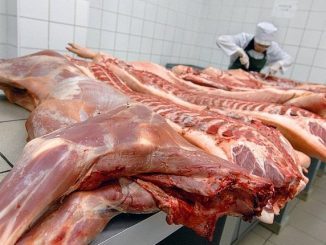
The move comes as the latest round of talks between Egypt, Sudan and Ethiopia on the contentious dam ended with no agreement.
Egypt’s request for urgent intervention by the UN Security Council, sources said
Ethiopia started filling Grand Renaissance, a giant hydroelectric dam it is building on the Blue Nile, its water minister said on Wednesday after talks with Sudan and Egypt over the structure became deadlocked.
Ethiopia says the colossal dam offers a critical opportunity to pull millions of its nearly 110 million citizens out of poverty. The project is the centrepiece of Ethiopia’s bid to become Africa’s biggest power exporter.
“The construction of the dam and the filling of the water go hand in hand,” Water Minister Seleshi Bekele said in comments broadcast on television. “The filling of the dam doesn’t need to wait until the completion of the dam.”
The water level increased from 525 metres (1,720 feet) to 560 metres (1,840 feet), said Bekele.
Egypt has asked Ethiopia for urgent clarification on the matter, its foreign ministry said. The Blue Nile is a tributary of the Nile from which Egypt gets 90 percent of its fresh water.
Cairo told the United Nations last month it faces an “existential threat” from the hydroelectric dam.
Sudan’s government, meanwhile, said water levels on the Blue Nile had declined by 90 million cubic metres per day after Ethiopia started filling the dam on its side of the border.
Sudan rejects unilateral actions taken by any party as negotiating efforts continue between the two countries and Egypt, its irrigation ministry said in a statement.
Filling the Nile dam is a move likely to anger Egypt, Sudan
Cairo was anxious to secure a legally binding deal that would guarantee minimum flows and a mechanism for resolving disputes before the dam started operating.
Sudan stands to benefit from the project through access to cheap electricity and reduced flooding, but it has also raised fears over the dam’s operation.
The dam is being built 15km (nine miles) from the border with Sudan on the Blue Nile, the source of most of the Nile’s waters.
The latest round of negotiations between Egypt, Sudan and Ethiopia over the contentious dam ended with no agreement on Tuesday, according to Egyptian and Sudanese officials.
The failure sank modest hopes the three countries could resolve their differences and sign an agreement on the dam’s operation before Ethiopia began to fill the $4.6bn Grand Ethiopian Renaissance Dam (GERD), set to be Africa’s largest.
Ethiopia says more than 60 percent of the country is dry land with no sustaining water resources, while Egypt is endowed with groundwater and has access to seawater that could be desalinated.
Addis Ababa had previously pledged to start storing water in the dam’s vast reservoir at the start of the wet season in July when rains flood the Blue Nile.



